image: penciltribe.com
There are currently 1.6 million non profits registered with the IRS in the US. The charitable pie (2% of GDP) has stayed the same size over the past 40 years; however 50,000 new non profits arrive on the scene every year. [1][2][3]
The pie has remained the same size-which means each non profit cuts out smaller and smaller slivers of the charitable pie. How? By creating or funding another slightly different version of the solution. Their very own “unique answer”. But 50,000 non profits a year later, the same problems persist. We do not seem to be making any headway.
Why is this happening?
I believe it is due to “Precious Snowflake Syndrome” a very common, yet massively overlooked condition affecting non profits in every sector, all over the world.
What is Precious Snowflake Syndrome?
Snowflakes are all unique in shape, form and structure. Their shapes become more complex as the flake moves through differing temperature regimes.
Precious Snowflake Syndrome occurs when a person, group of people, funder or foundation believes they can or have created a totally unique solution to a problem. A precious, unique snowflake of an idea.
Symptoms:
Those suffering from Precious Snowflake Syndrome may:
- become blind: they are unable to see all of the organizations who are already tackling the same problem.
- become deaf: they are unable to hear potential opportunities to collaborate.
- become dumb: they lack the intelligence to understand the solution they are proposing is already being done or funded elsewhere; and their energy would be better placed in collaborating with a similar partner instead of creating yet another “solution”.
Causes:
Its cause is scientifically unproven, however many believe it is due to either:
- an innocent yet Type-A person’s drive to create a better world; and / or
- the person’s lack of knowledge as to who else is tackling that social problem; and / or
- the person’s ego “I can do it better than anyone else.” and / or
- “But this is different because …” list one minor differentiator here.
Warning: The person in question can be either the “do-gooder” or the “funder”.
Affects:
The syndrome if left untreated will cause:
- reduced funding opportunities for testing validating and implementing innovations and best practices.
- an “us vs. them” mentality.
- “If they get funding, then I will get less funding, so they are my competition and I will block them every step of the way” mentality.
- fractures throughout non profit sectors, massively decreasing social impact.
- the problems we are trying to solve, will remain unsolved.
Effective Treatments:
The most effective means of treating Precious Snowflake Syndrome is by taking real stock in what you are doing / trying to achieve. If done correctly, this will be an extraordinarily powerful process.
Ask the following questions of each program you run:
- Does this program make my service user’s life better or does it have a low impact on their life?
- Can another organization do what we’re doing?
- If we weren’t running this program, would my service user’s life become worse?
- Does this program provide a service that is better or worse than our competitors?
- If another organization does this-anywhere in the world, do we do it better?
Plot it out on this chart:
The four main learnings of the review are:
- The programs that make your service user’s life better, AND you outpace the competition:
- Verdict: you should do more of this, and put resources into making it better, then share the knowledge.
- The programs you do better than the competition, BUT do not make your service user’s life better
- Verdict: These are strengths you can use to improve the above, but if they aren’t making your service user’s life better, why are you doing it?
- The program is making your service user’s life better, BUT the competition does it better
- Verdict: Collaborate with your competitor. You will be stronger together.
- The programs where you are not making your service user’s life better, and you are not better than the competition
- Verdict: Why are you doing it? Shut it down. You are wasting precious resources.
The Cure:
Once you recognize you have Precious Snowflake Syndrome, you will be on your way to a full recovery.
You will be able to see opportunities to share your energy, your passion, your desire to find a solution to a societal problem. You will be able to hear about organizations you can collaborate or merge with. You will understand the greater truth: together we are stronger.
Only then will you be cured, and eventually so will the societal issue you wanted to solve to begin with!
Best of luck on your journey!
About the Author: Founder of Beyond-Impact, Tara Cunningham is an Ashoka Fellow, an internationally recognized, award-winning CEO and Social Entrepreneur, disability advocate and non profit consultant.
Tara gained her Ashoka Fellowship for her work developing Release Speech Therapy and SpeechBud, Ireland’s first internationally recognized emerging best practice in speech and language therapy–without being a speech and language pathologist.
In the course of Tara’s 13 years in the non profit sector, Tara has been appointed to various non profit and governmental boards, advised non profits, social enterprises, government agencies, the European Commission, politicians and philanthropic foundations throughout the US and Europe on how to create sustainable social impact.
@tarajcunningham www.beyond-impact.com [email protected]
[1] According to the NCCS there are currently 1.6 million nonprofit organizations registered with the IRS in the United States. http://nccsdataweb.urban.org/NCCS/extracts/nonprofitalmanacflyerpdf.pdf
[2] “The number of new nonprofits has grown from about 20,000 per year in 1991 to over 50,000 per year in 2001.” http://vc.bridgew.edu/cgi/viewcontent.cgi?article=1158&context=br
[3] “Revised Giving USA data shows that total giving as a percentage of GDP has barely strayed from 2% over the past four decades despite the huge growth in the number of charities.” https://www.charitynavigator.org/index.cfm?bay=content.view&cpid=42

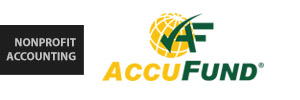
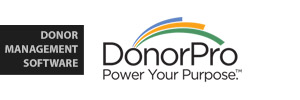
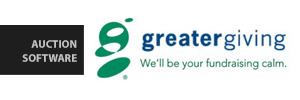
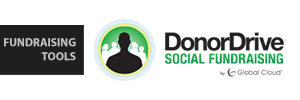
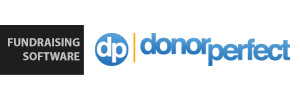



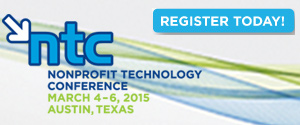
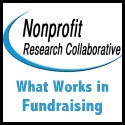

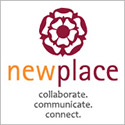

Pingback: I chased a shiny object…it was just a rock. | Jessica Green()
Pingback: Celebrating Our Similarites: Are We Precious Snowflake Librarians? | Library Lost & Found()